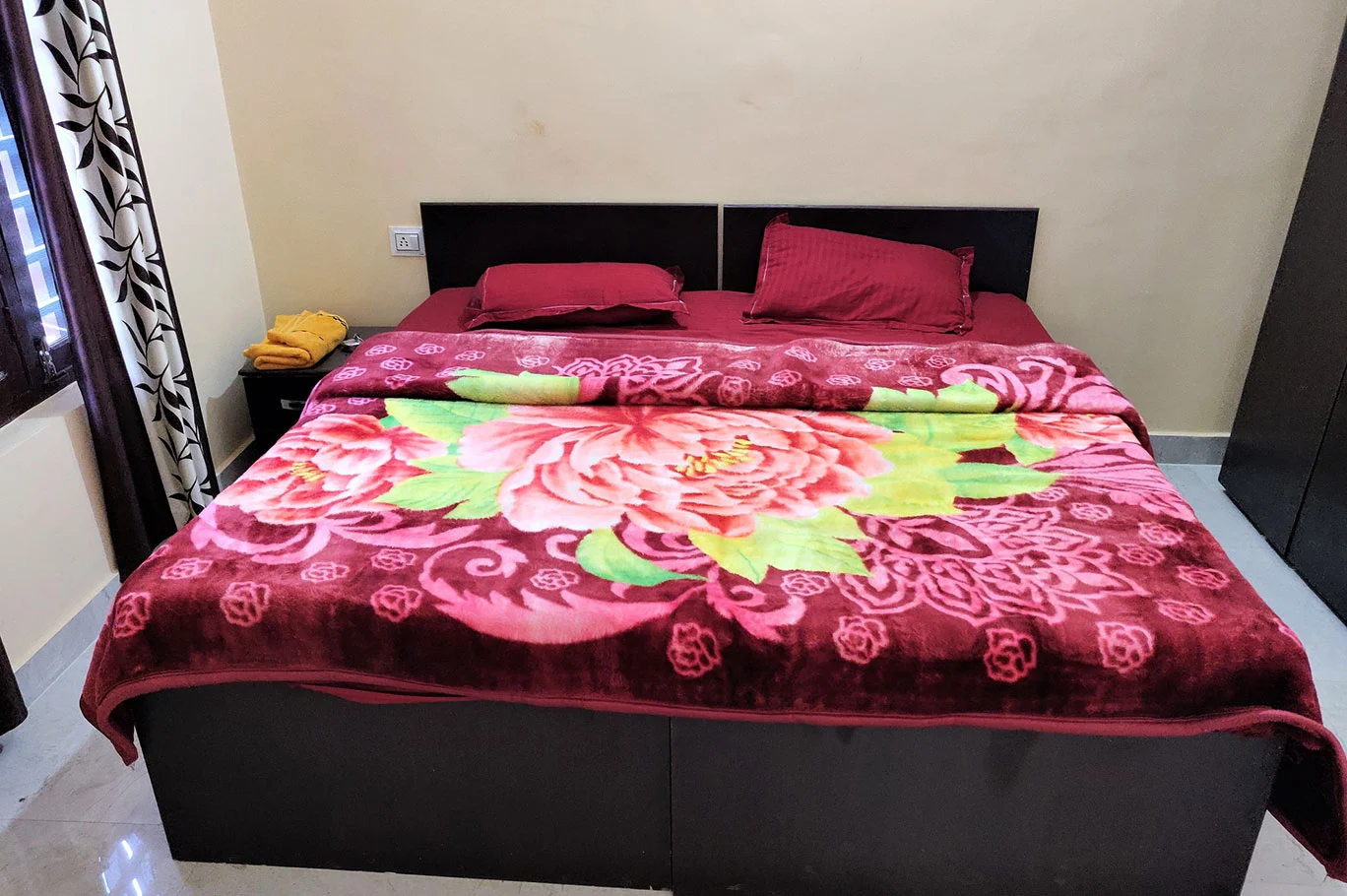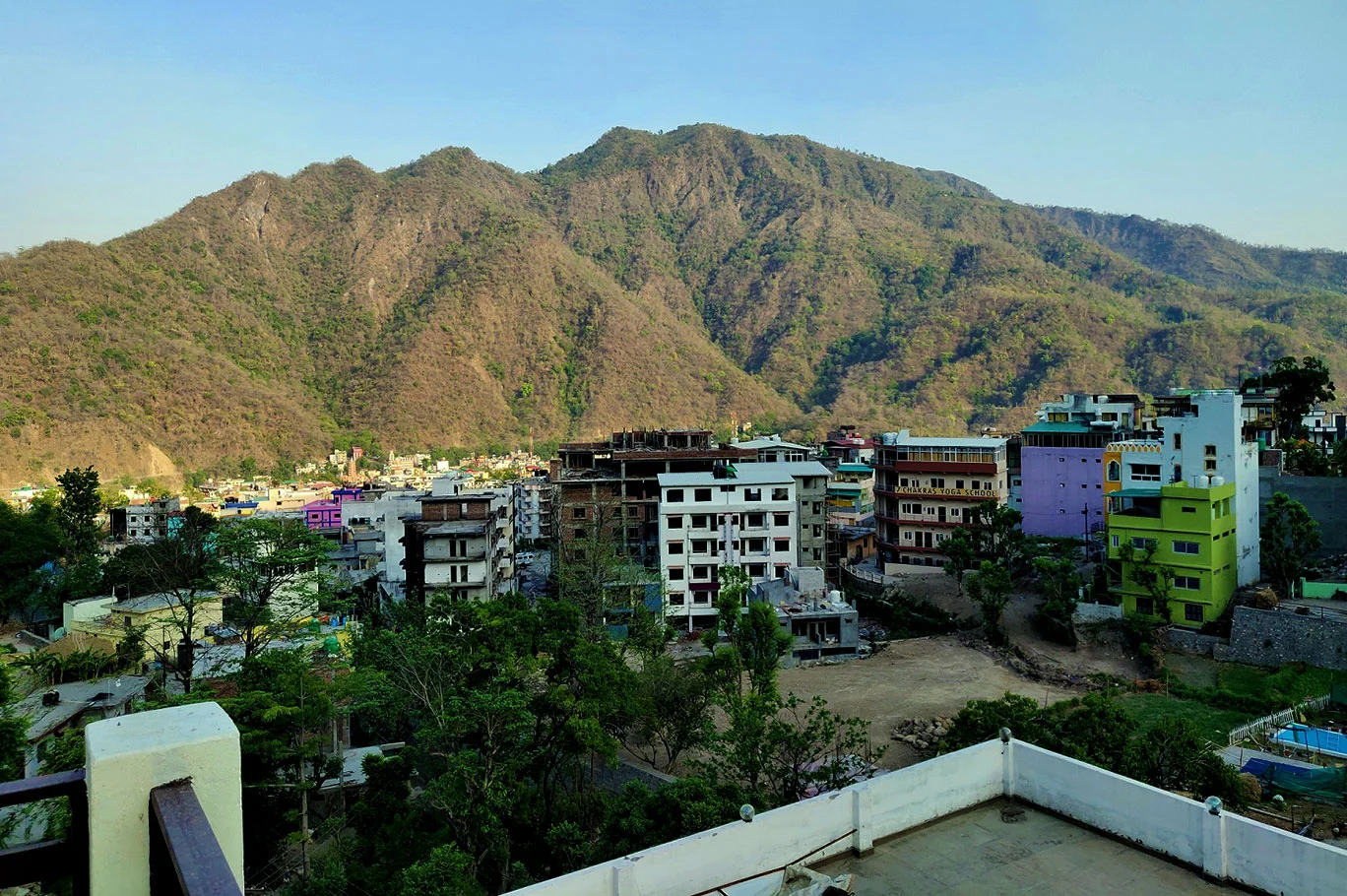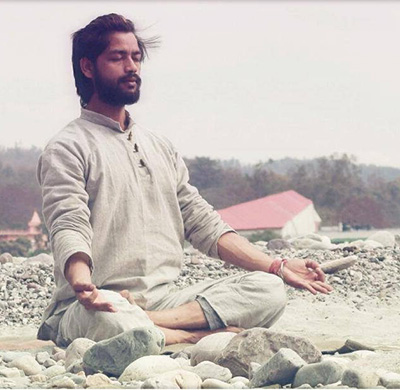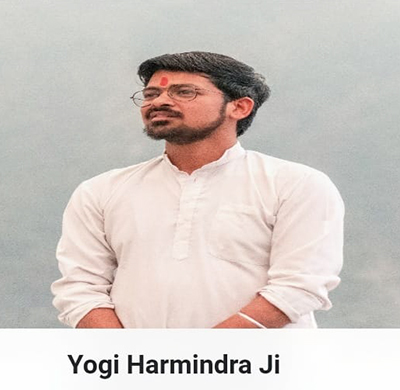200 Hour Yoga Teacher Training in Rishikesh, India
Affiliate Yoga school Rishikesh Yog Satya School organizes 200 hours residential Yoga Teacher Training in Rishikesh, India based on authentic traditional Hatha and Ashtanga Yoga flow. These courses are designed for all levels of Yoga practitioners with basic understandings of Yoga. Registered with Yoga Alliance, USA. After completing the course, you can register with Yoga Alliance as RYT 200.
200-Hour Yoga Teacher Training in Rishikesh: The 200-hour yoga teacher training in Rishikesh has an impressive curriculum which happens to be an amalgamation of the best healthcare practices of ancient India and Vedic regime. Yoga Teacher Training Course in Rishikesh, India well as Hatha Yoga Teacher Training courses, Ashtanga Yoga Teacher training courses and Vinyasa yoga teacher training courses in Rishikesh India at RYS Yoga school If your aim is to become a good yoga teacher, you will get the necessary formidable environment.
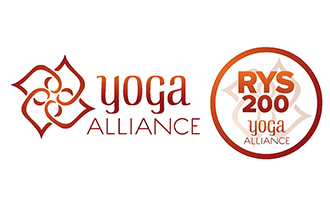
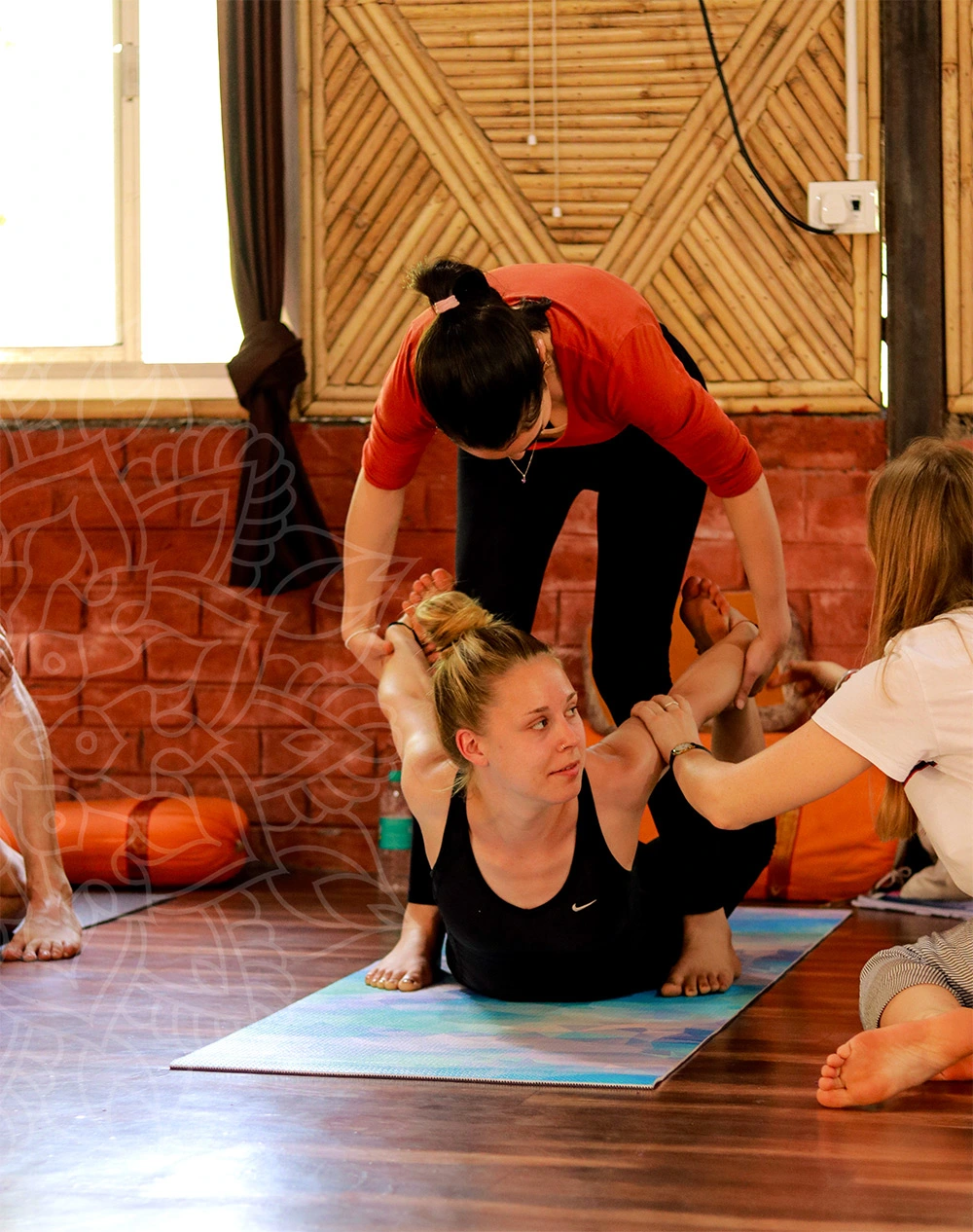
Yoga Journey – With Rishikesh Yog Satya School
ASANAS : – Positions where you are steady and comfortable. It is an art of being in you, art of understanding your physical aspect and abilities. Asana creates sense of balance in you to understand your body more deeply, as we all know a healthy mind lives in a healthy body. Here, in the asana session we spend time with our body like we spend time with other humans to understand them better. Asana develops flexibility, strength, endurance, increase concentration power and also develops pratyahara in our body. Pratyahara means detachment from the material world, a stage where you just attached with yourself or one. Asana are not only works with your body but also calms your mind and soul. In India, Especially in Rishikesh we practice asanas as a spiritual practice, worship god before and after practice for better results.
A Day as a Rishikesh Yoga Teacher Trainee
200-hour residential Hatha and Ashtanga Yoga Teacher training in India in 2022-2023 registered with Yoga Alliance, USA & Affiliate Yoga Schools Rishikesh Yog Satya School RYS 200.
Upcoming Events
200-Hour Yoga Teacher Training Course
Private Room fee starts from
850 USD
The shared Room fee starts from
750 USD
What is Included in Course Fees
- 25 Days & 24 Nights Accommodation
- 1 book Yoga Mala (“by k. Pattabhi Jois”)
- 1 Pen and note book
- Attached bathrooms
- 1 book Asana Pranayama Mudra Bandha (“by Swami Satyananda Saraswati”)
- Pure vegetarian meals
- Satkarma cleansing items.
- T-Shirt
- Yoga Alliance Certification
- One bag
Spiritual Yoga Gurus
Affiliated Yoga School offering 200 & 300 Hours of Hatha and Ashtanga Vinyasa Yoga Teacher Training in Rishikesh, India, registered with the Association of Yoga Teachers and Yoga Schools, Yoga Alliance, USA.
Yoga Teacher Training, Rishikesh, FAQ
Below you’ll find answers to some of the most frequently asked questions. We are constantly adding the most asked questions to this page.
If you have any other questions info. rishikeshyogsatya@gmail.com


